In 1975, Soviet dissident Aleksandr Solzhenitsyn criticized American radical Angela Davis, a symbol of international communism. The Soviets had promoted Davis as a global icon, yet their regime was built on a system of oppression, a fact Davis ignored during her Soviet tour, even dismissing pleas to help Czech prisoners. This, Solzhenitsyn argued, revealed the heart of left-wing revolution: sacrificing individuals for ideology.
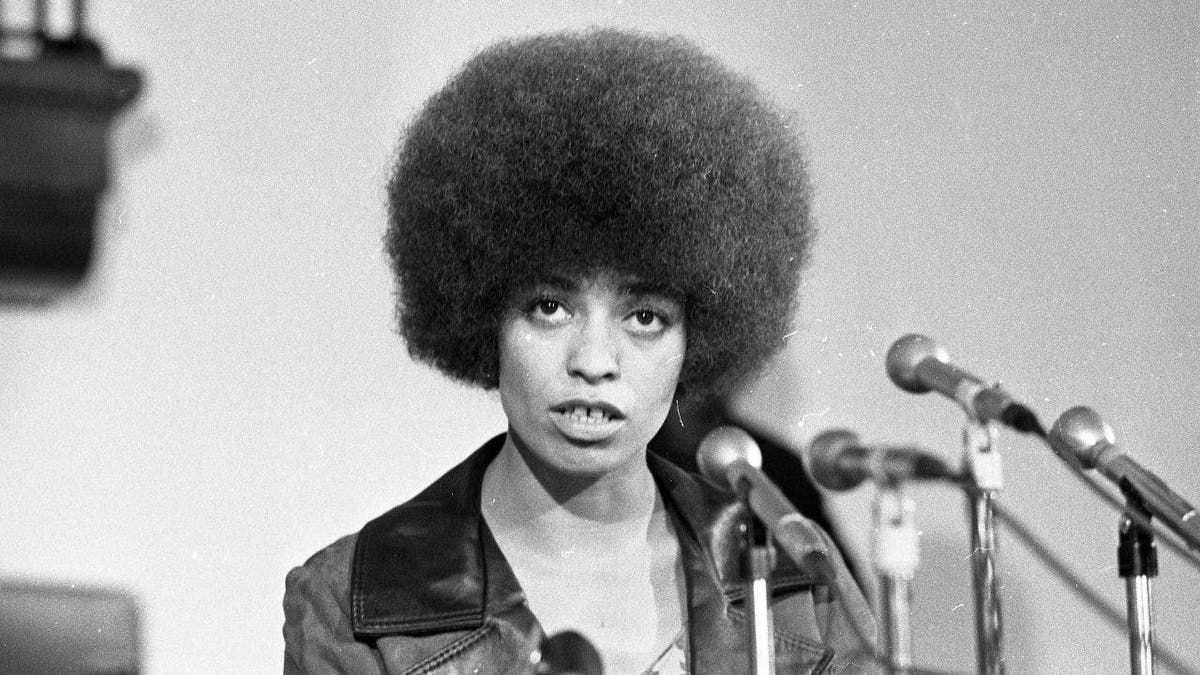
Many believed the fall of the Soviet Union signaled the end of left-wing revolution. However, this ideology found new life in America, erupting after George Floyd's death. The narrative mirrored Davis's era: America as irredeemably racist, requiring radical change. Institutions echoed this message, while riots and statue toppling provided a physical manifestation.
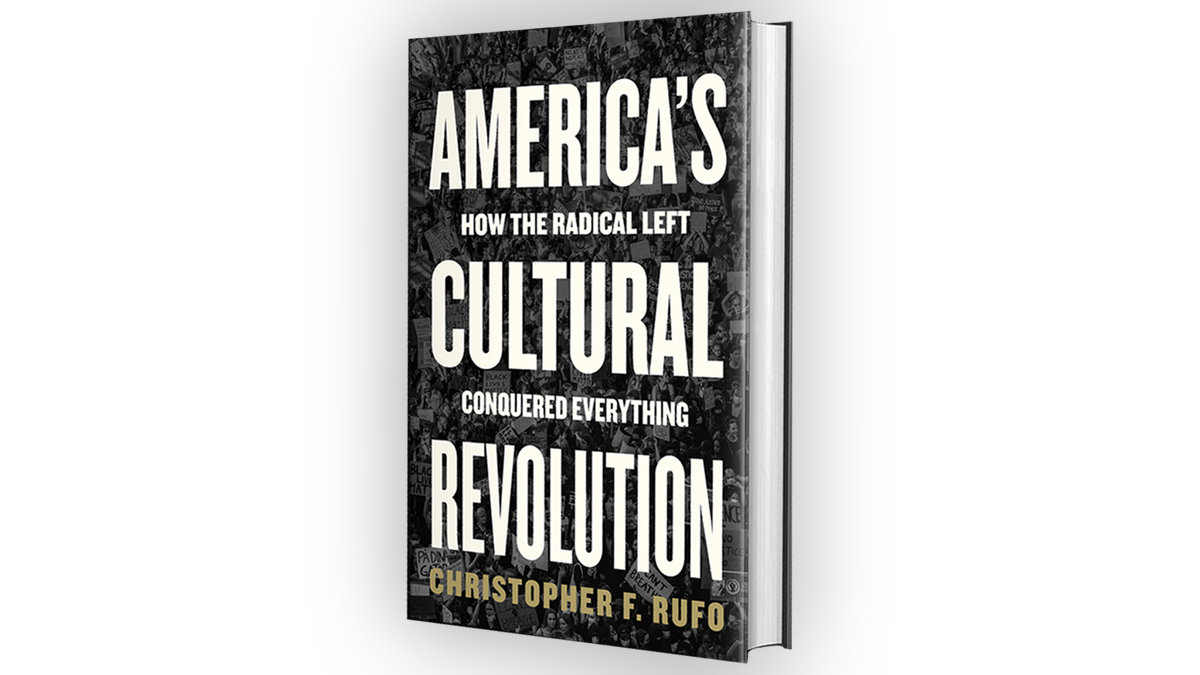
To understand this shift, we must look back to 1968, a period of unrest that laid the groundwork for today's cultural upheaval. Figures like Herbert Marcuse, Angela Davis, Paulo Freire, and Derrick Bell developed theories that infiltrated institutions, shaping current politics. While violent groups like the Weather Underground eventually disbanded, their revolutionary spirit persisted, subtly influencing universities, schools, and media.
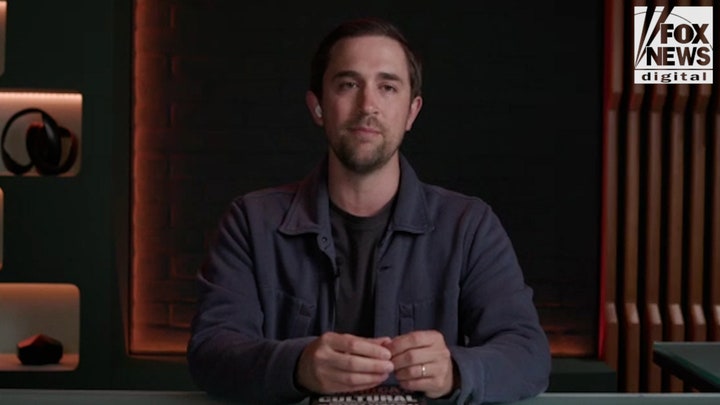
These theories, designed as political tools, gradually reshaped American values. The process was so subtle that it went largely unnoticed until the aftermath of George Floyd's death.

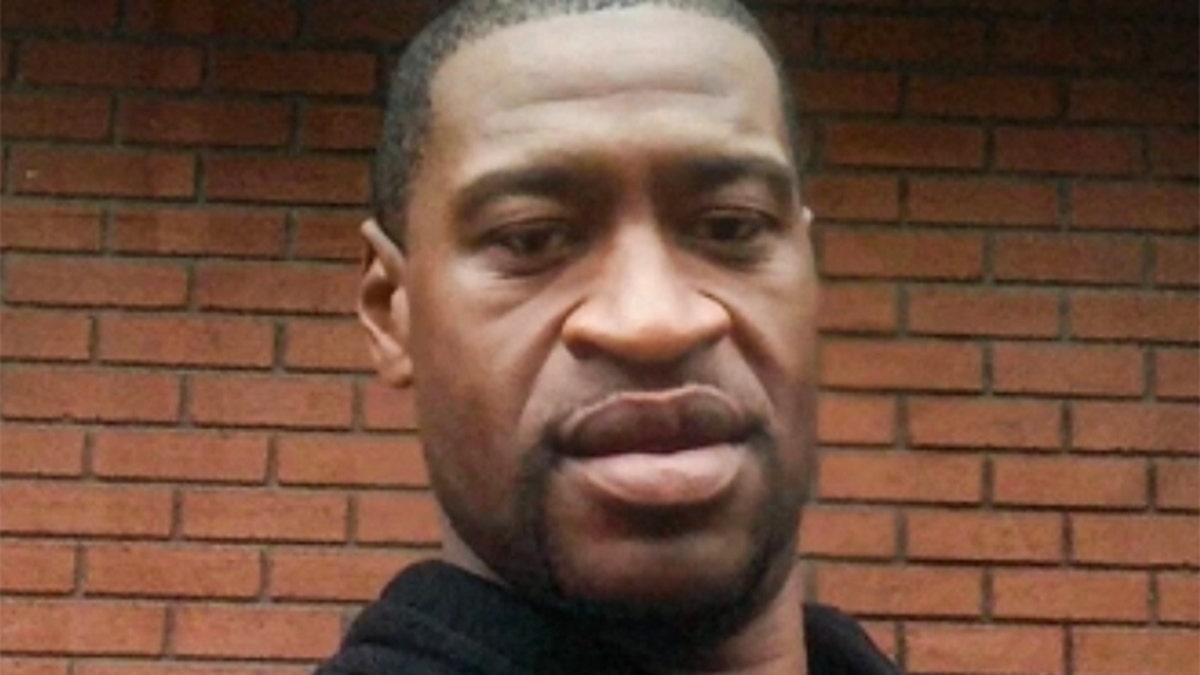
Today, a new ideological regime, rooted in critical theories and enforced by "diversity, equity, and inclusion" departments, has emerged. This regime aims to replace individual rights with group identity, redistribute wealth based on race, and control speech. While the formal political structure remains, the underlying values have been transformed. This revolution, imposed from above, was never voted on by the public.

However, this revolution has limitations. It has successfully deconstructed old values but failed to establish a viable alternative. The focus on negativity has led to societal dysfunction, impacting universities, cities, and schools. Critical race theory, like traditional Marxism, is inherently flawed and hinders progress.
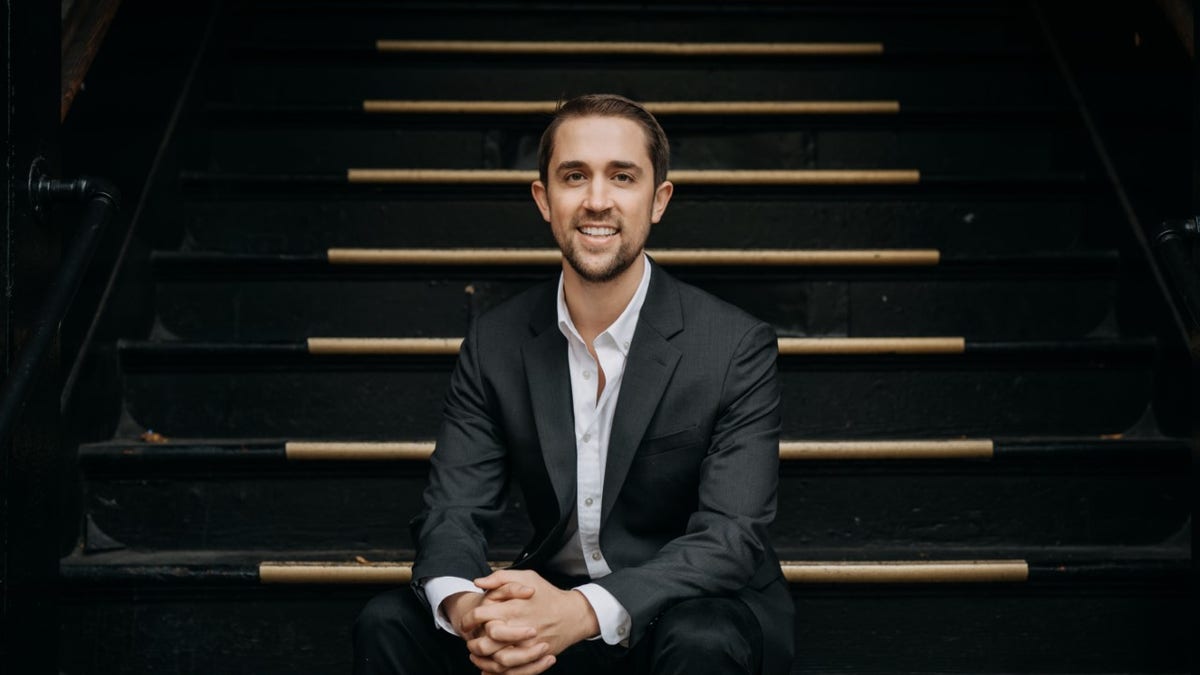
The cultural revolution's true face is nihilism. A new ideological regime has been imposed, creating anxiety among citizens who sense its hostility towards their values. The counter-revolution must expose these theories and mobilize public sentiment against the institutions that perpetuate them. The goal is not just to stop the revolution, but to restore the values of the old regime and re-establish the principles of freedom and equality.
Comments(0)
Top Comments